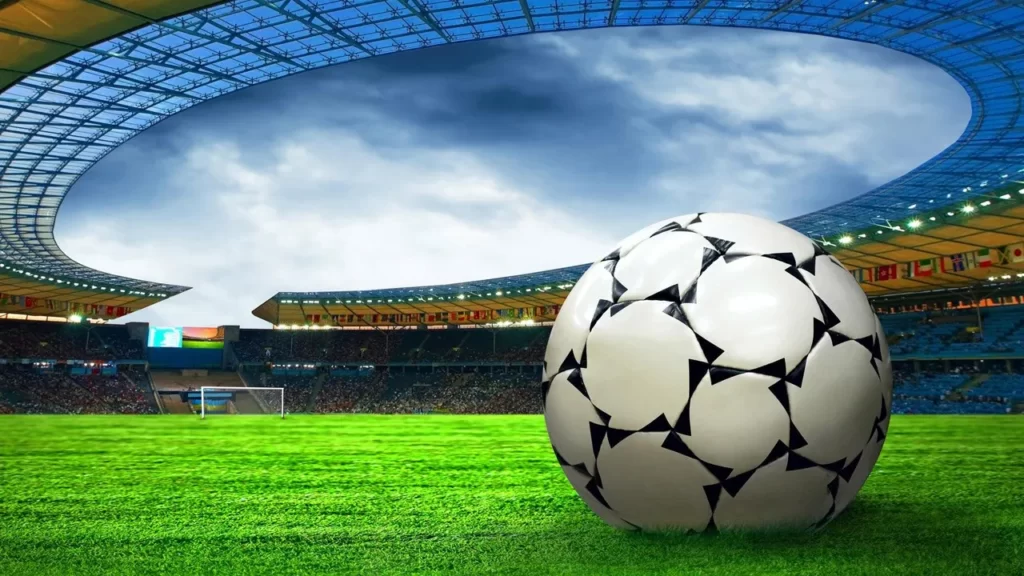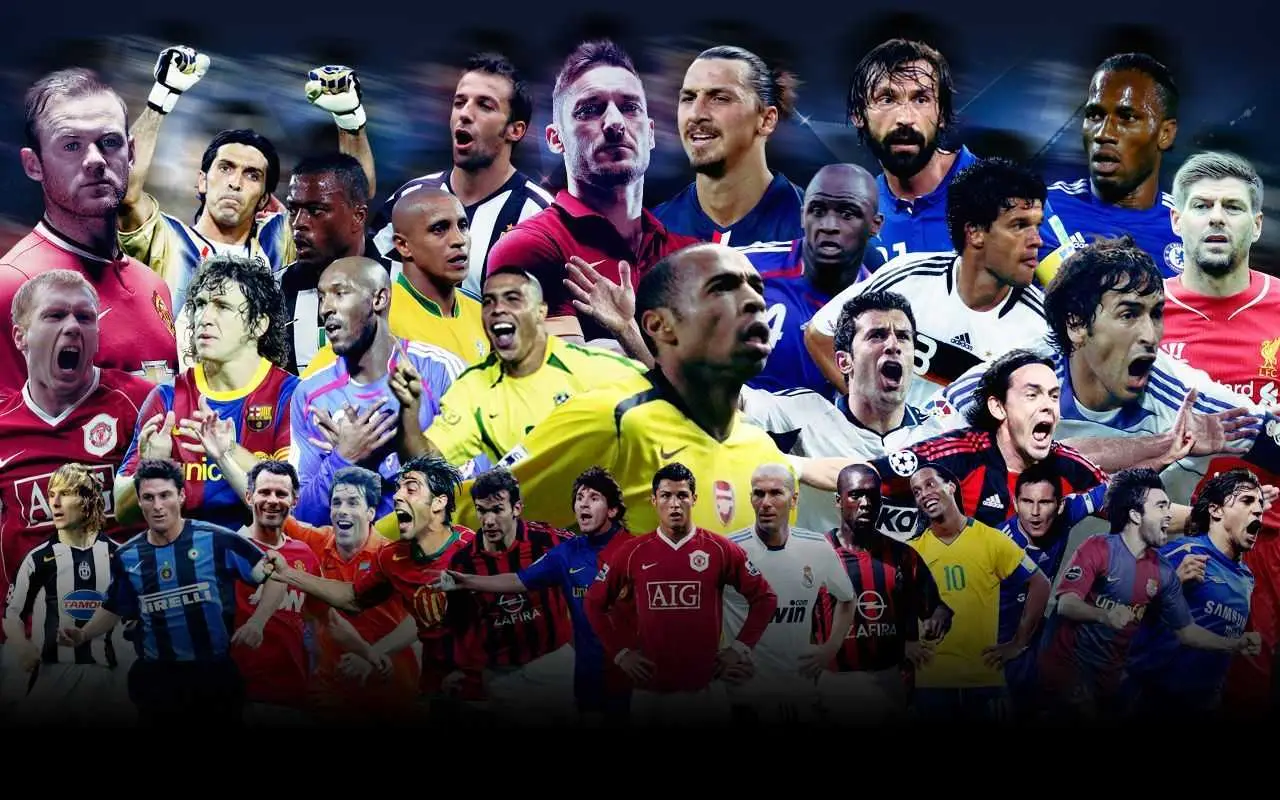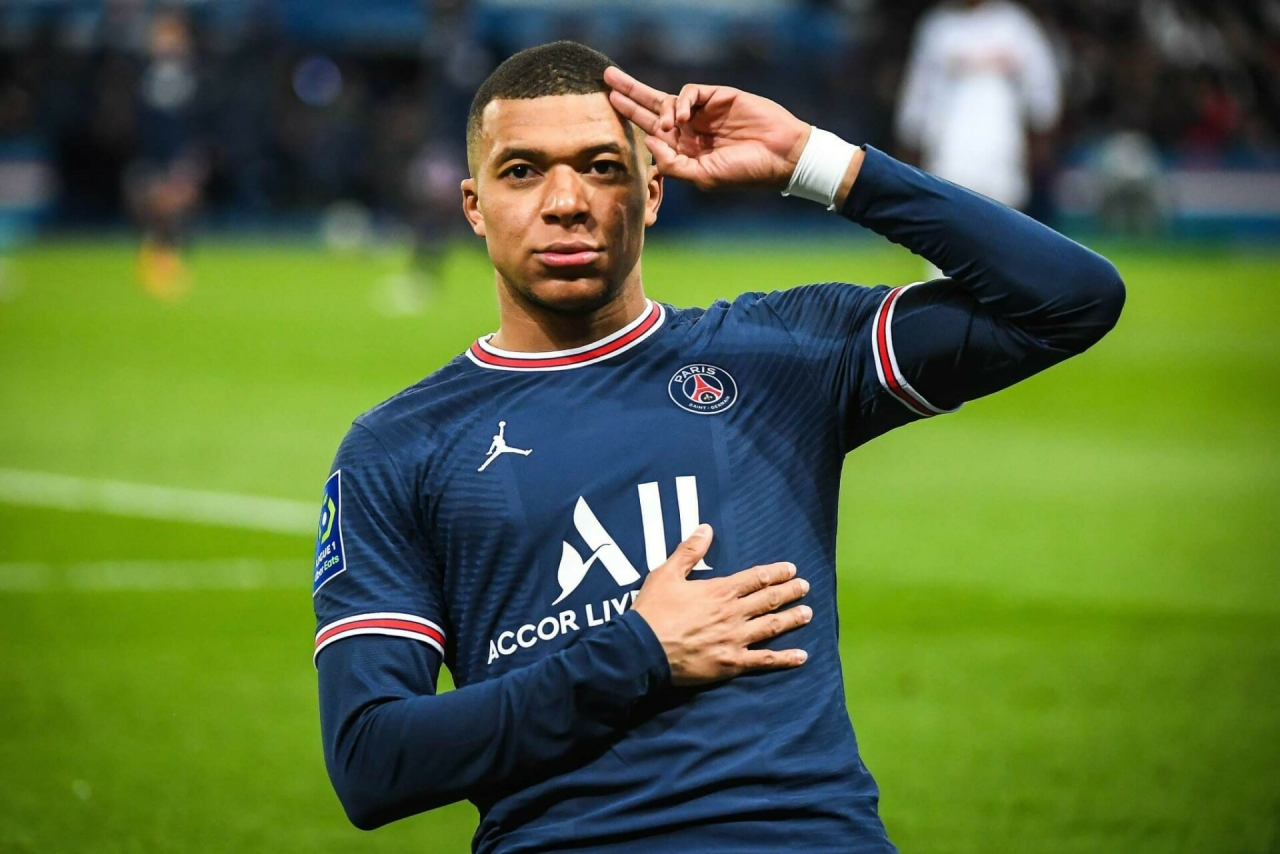The world of football is not just about powerful shots, precise passes, and incredible goals. It is also steeped in the huge amounts of money that revolve around each professional footballer. Footballers’ salaries are one of the most talked about topics, and it’s no wonder, as the figures often look fantastic. Today, let’s understand what exactly influences players’ earnings, why the amounts vary, and how they are made up.
Factors that affect footballers’ salaries
The figures are influenced by many factors, from the level of play to the marketing value of the athlete. Let’s understand in detail what determines income.

Skills and level of play
World-class footballers earn high salaries because they have unique skills. The technical skills of Lionel Messi, the speed and stamina of Kylian Mbappe, the strategic intelligence of Kevin De Bruyne, or the leadership qualities of Sergio Ramos make them irreplaceable in a team.
A footballer’s income depends not only on his physical abilities, but also on his decision-making skills on the pitch, his discipline, and his ability to interact with his teammates. The higher the level of ability and contribution to the team, the more the club is willing to pay. Details such as participation in international tournaments, experience in important matches, and personal achievements, including individual honours (Golden Ball), are also taken into account.
Popularity and marketing value
Many athletes are paid impressive sums not only for their performances on the pitch, but also because of their popularity. Cristiano Ronaldo is not only a football star, but also the face of many advertising campaigns. The footballer’s fees include not only his salary at the club, but also income from contracts with major brands such as Nike and Coca-Cola. In 2023, his advertising dividends amount to around R4.4 billion, which is more than his salary at Al Nasr. The marketing value can exceed the total revenue many times over.
Region and league
It is no secret that the salaries of footballers in Europe are significantly higher than in other parts of the world. Players in the English Premier League or La Liga earn significantly more than their counterparts in the Russian league. This is due to:
- The clubs’ high revenues from the sale of TV rights, tickets and fan merchandise with symbols.
- Extensive sponsorship agreements with global brands.
- A large and active audience that ensures a constant demand for matches and advertising.
- A further developed club infrastructure and support from investors.
- The tax system, which also has an impact on footballers’ salaries, as it is more complex to calculate and requires special tax optimisation.
Salaries of footballers in Russia and Europe
 The salaries of footballers in Russia vary greatly depending on the level of the team and the region. For example, players from top clubs such as Zenit or Spartak receive amounts comparable to those in Europe. Most Russian clubs have much lower incomes due to more modest sponsorship opportunities. Main influencing factors:
The salaries of footballers in Russia vary greatly depending on the level of the team and the region. For example, players from top clubs such as Zenit or Spartak receive amounts comparable to those in Europe. Most Russian clubs have much lower incomes due to more modest sponsorship opportunities. Main influencing factors:
- Team level. Players from top clubs earn significantly more than players from lesser-known teams. This is due to the larger budgets and support from sponsors. The salaries of Zenit’s top players can reach 350 to 400 million roubles per year. Serdar Azmoun received about 320 million per year in 2023, including bonuses.
- Regional differences. The amounts also depend on the region. Clubs from Moscow and St. Petersburg can offer higher amounts than clubs from the regions due to more sponsors and a more developed infrastructure.
- A player’s contribution to the team. Take Artyom Dzyuba, for example. The footballer’s salary was around 300 million roubles a year, making him one of the highest-paid players in Russia.
- Popularity and demand. This is especially true for athletes who take part in international matches. Popular players can receive additional bonuses of up to 50 million roubles per year.
- Sponsorship and advertising revenue. The more opportunities to attract sponsors and advertising contracts, the higher the salary.
Comparison with European salaries
Players in European leagues are not only paid better, but also have more opportunities to increase their income thanks to bonuses and advertising contracts. Gareth Bale’s annual salary at Real Madrid was over 3 billion roubles, while the average salary of a player in the Russian Premier League rarely exceeds 150-200 million. Kylian Mbappe’s contract at Paris Saint-Germain provides for a salary of 2 billion roubles per year until 2023 and performance bonuses of up to 500 million roubles.
How is a footballer’s salary calculated?
A footballer’s salary is made up of several components that make up the total income:
- The salary is a basic amount that is paid monthly. This is a guaranteed income that the player receives regardless of results.
- Performance bonuses – additional payments for goals scored, assists and successful matches.
- Income from advertising – contracts with brand companies can bring in several billion roubles a year.
The highest paid footballers in the world
Let’s take a look at the top 3 highest paid footballers in the world and see what they get paid for:

- Lionel Messi – his income is more than 12 billion roubles a year, including his salary at Inter Miami and advertising money.
- Cristiano Ronaldo – about 11.5 billion roubles a year. Ronaldo is a brand that generates huge revenues not only on the pitch, but also off it.
- Neymar – his salary at Paris Saint-Germain is over 9 billion roubles a year, including bonuses and advertising contracts.
Conclusion
 Footballers’ salaries depend on many factors: from their ability and popularity to the country and league in which they play. Highly paid athletes are often not only football stars, but also important figures in advertising campaigns, which increases their income many times over. It might be worth thinking about how exactly these factors can be transferred to other professions to increase their income and success.
Footballers’ salaries depend on many factors: from their ability and popularity to the country and league in which they play. Highly paid athletes are often not only football stars, but also important figures in advertising campaigns, which increases their income many times over. It might be worth thinking about how exactly these factors can be transferred to other professions to increase their income and success.
 en
en  de
de  ar
ar  es
es  nl
nl  hi
hi  fr
fr  it
it  pt
pt  el
el 










